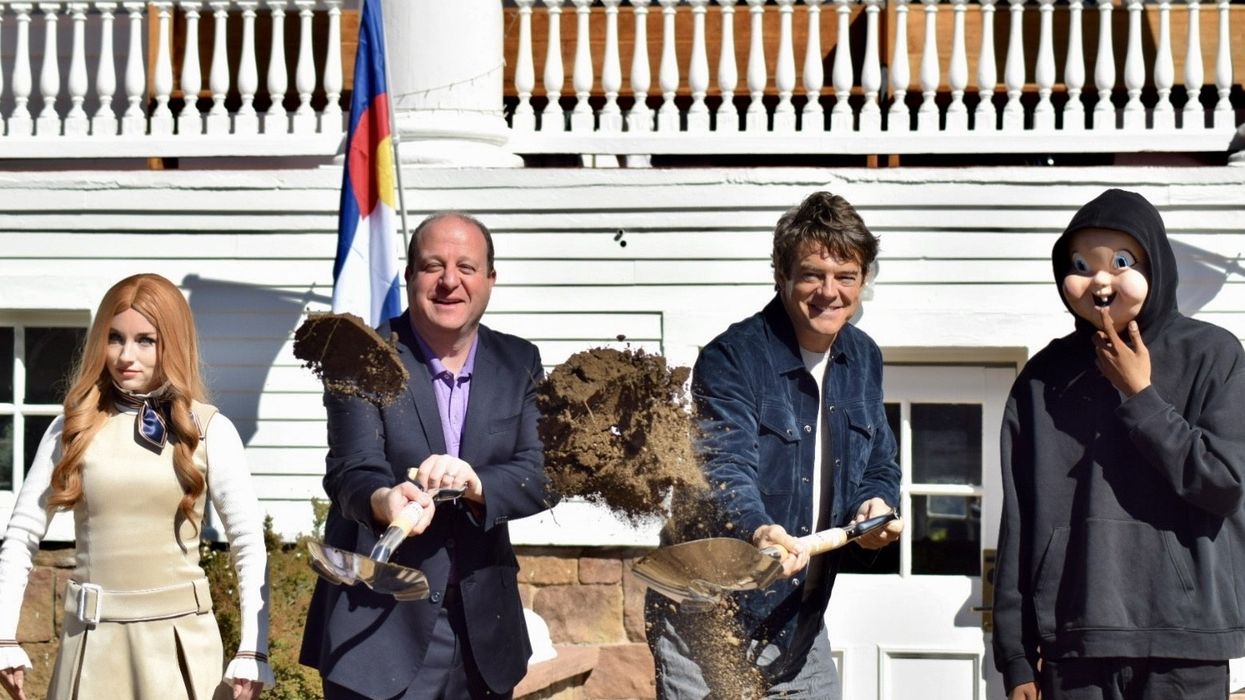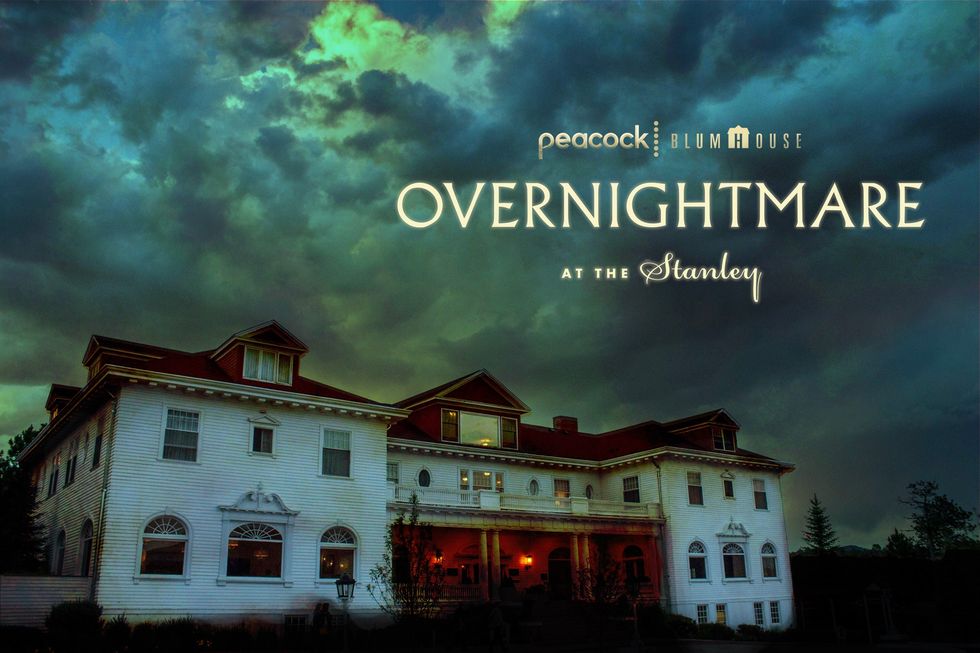HOLOPLOT, a science-based immersive audio company, has supplied its X1 Matrix Array to Lightroom in London, installed by partner Creative Technology, where the audio system is now delivering a harmonious marriage of narration and soundtrack for ‘DAVID HOCKNEY: BIGGER & CLOSER (not smaller and further away)’.
This is the opening show at Lightroom, a new venue which is a collaboration between the award-winning design studio and production company 59 Productions and London Theatre Company, the driving force behind the Bridge Theatre. The exhibition offers viewers a glimpse into Hockney's creative inspiration and thought process, opening up fresh perspectives on some of his most well-known as well as more recent pieces.
Lightroom offers a blank canvas for a varied programme of original creative content, and this show is set to be the first in a series of unique exhibitions, created in collaboration with leading artists and innovators.
Sound is key for new Hockney show
The Hockney experience is both aesthetically stunning and rich in sound. American contemporary composer Nico Muhly wrote a custom score for the production, and Olivier and Tony Award-winning sound designer Gareth Fry provided the sound design.
“We’ve produced many large-scale projection mapping shows, exhibitions, and theatre shows, but we’ve never had our own space,” says Lightroom CEO, Richard Slaney, who is also the former CEO of 59 Productions.
“With immersive shows cropping up all over, we wanted to do something different. Hockney was top of our list of artists, so we emailed him to see if he was interested. Not only did he say yes, but he’s dedicated the last three years to the project. The idea of working with him was ours, but the show itself is entirely his creation."
“It’s hard to imagine from the outside, but the basement itself is 14m deep, allowing us to get projections up to 11m high. During the test phase, David came and sat next to us and talked to us about how he’d made the artworks and the stories behind them.
"It was then we realised this was the show we were meant to create. You want David on your shoulder, his voice in your ear, guiding you through his work. The harmonious marriage of David’s voice and Nico’s beautiful soundtrack were the two core elements, accompanied by some subtle sound effects that truly underscore the importance of audio in this unique production.”
HOLOPLOT tech meets needs of the new venue
The team quickly realised that conventional loudspeaker solutions would require multiple wall cavities or mounting positions on all four walls to achieve the desired immersive effects. They were searching for an audio solution that could transform Lightroom's ambitious concrete structure into a smooth-sounding gallery space without compromising the 360-degree visuals.
“The initial brief was to consider a sound system for Lightroom that would provide good sound coverage, and also not bother the neighbours in the office above the main space,” says Fry, who has a long association with both 59 Productions and the London Theatre Company.
“It had to be essentially invisible so that all four walls of highly reflective concrete could be an unhindered projection surface from floor to ceiling. It was an immense challenge because as built, the space has a reverb time of over six seconds and there is very audible background noise of projector fans. All of this is the natural enemy of intelligible sound.”
Fry's original plan was for a conventional point source-based sound system with speakers tucked away in various alcoves all throughout the room. “But I wasn’t happy,” he says. “It didn’t feel like it was going to end up sounding very good with very uneven coverage. That bugged me for months after I’d submitted the final design. But every time I looked for an alternative, I couldn’t find one that met the brief.
"Then I went to an early demo of HOLOPLOT. I knew instantly that this could be the solution to all our problems. As soon as I left the demo, I called everyone and put the previous system design on hold - and HOLOPLOT were kind enough to arrange a special demo so everyone else could hear the system."
The final system design
Fry proposed HOLOPLOT and a system design that only needed two positions inside the space, yet delivered more innovative tools that could be used to produce immersive effects. Not only did this system offer the solution for the current show, but it also cleared the way for subsequent exhibitions.
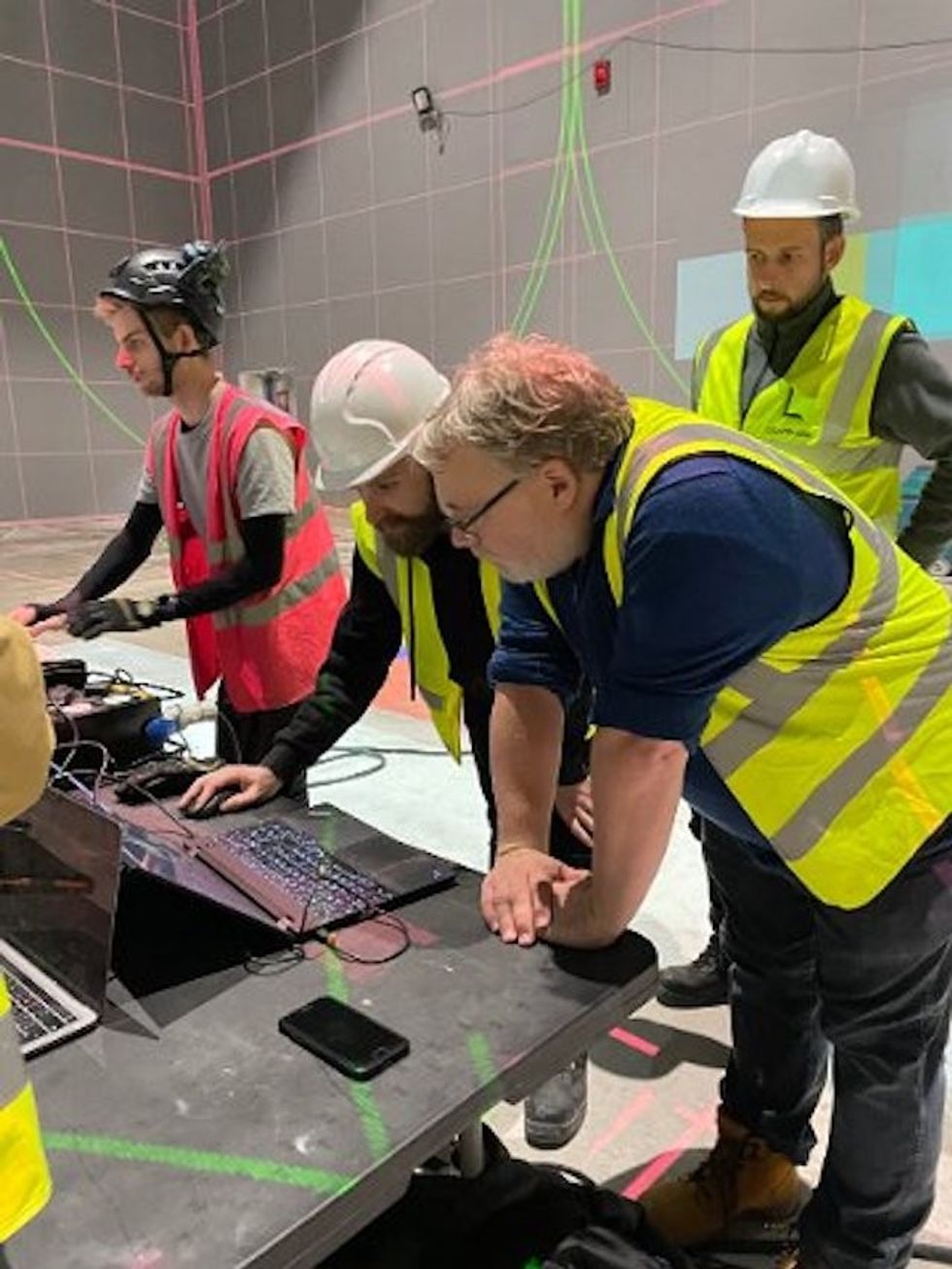
“There are many things HOLOPLOT can do that I’ve never heard any other speaker system do," he adds. "It has a bunch of magic tricks up its sleeves. But first and foremost, it gave us a sound system that could provide intelligible sound with very even coverage in a highly reverberant space. For that alone, it was worth its considerable weight in gold!”
At either end of the room, there are two HOLOPLOT X1 Matrix Arrays. Four X1 Modul 96s and four X1 Modul 80-S are included in each array; they are completely concealed inside predefined wall cavities, each at a different height. The East Array's acoustic centre is at 4.61 metres, whereas the West Array's is at 6.66 metres. Phase problems and spill between the sources would have been produced by a conventional audio system, where the sources were facing one another.
The listening area and the relative sound pressure level for each area can be determined using HOLOPLOT's unique optimisation algorithms. This makes it possible for each array to provide consistent coverage regardless of where the listener is located in the room. Also, to protect the integrity of the 360-degree projection surface, each array is placed carefully beneath colour-matched, acoustically transparent material.
The immersive effects that are used in Gareth Fry’s sound design were created with X1 Matrix Array’s Wave Field Synthesis (WFS) capabilities to create Virtual Sources. These Virtual Sources are positioned at a set distance from the North and South walls where it was not possible to integrate arrays or point sources.
HOLOPLOT Plan, a newly released sound system design tool that enables sound designers to visualise the effect of the X1 Matrix Array's distinctive capabilities on any given environment, defines the placements of the Virtual Sources. The listener can localise the sound from a location where there is no array because the 'bundled' waves are reflected from the wall as though a point source is positioned there. No matter where they are in the main area, it was essential for the immersive experience that guests be able to pinpoint sound from these reflections. To accomplish this, several reflections were positioned along the venue's north and south walls.
Raising the bar
“The biggest challenge for the installation was getting the speakers into position,” says Jack Strong, of Creative Technology's business development team. “But with specially designed dollies to help maneuver the cabinets, an experienced team and good planning, everything went smoothly. And now the system is in place, any adjustments needed for future projects can be done via HOLOPLOT’s software, dispensing with the need for mechanical steering or for additional cabinets to be added, which is a huge advantage.”
“The notion of having a freely adjustable speaker array without making any physical changes to it is very much a paradigm shift,” says Fry. “As sound engineers, we’re used to having microphones where you can adjust its directivity from omni to super-cardioid by flicking a switch. With HOLOPLOT, this is essentially the same, but for a loudspeaker.”
“Lightroom is huge, but it feels intimate. It’s an immersive experience but done differently. It’s more personal and evokes emotions. There’s a story within it, and it’s sequential, so you can enter at any point,” says Slaney.
“I think we’ve raised the bar in terms of technology here. We may not be changing the base of art exhibitions, but we are certainly at a landmark moment within that range of different experiences. This is how you do it in a very particular kind of way, and HOLOPLOT has been the key to making the show ‘alive with sound’.”
All images courtesy of Holoplot
Charlotte Coates is blooloop's editor. She is from Brighton, UK and previously worked as a librarian. She has a strong interest in arts, culture and information and graduated from the University of Sussex with a degree in English Literature. Charlotte can usually be found either with her head in a book or planning her next travel adventure.
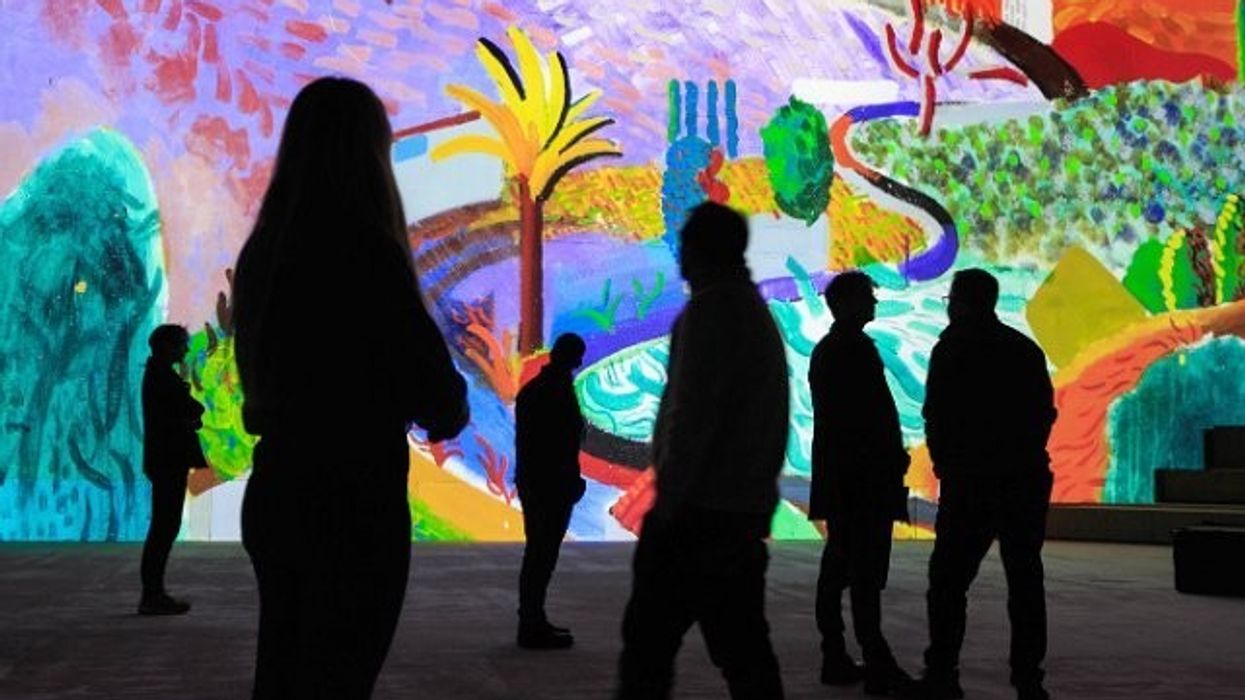

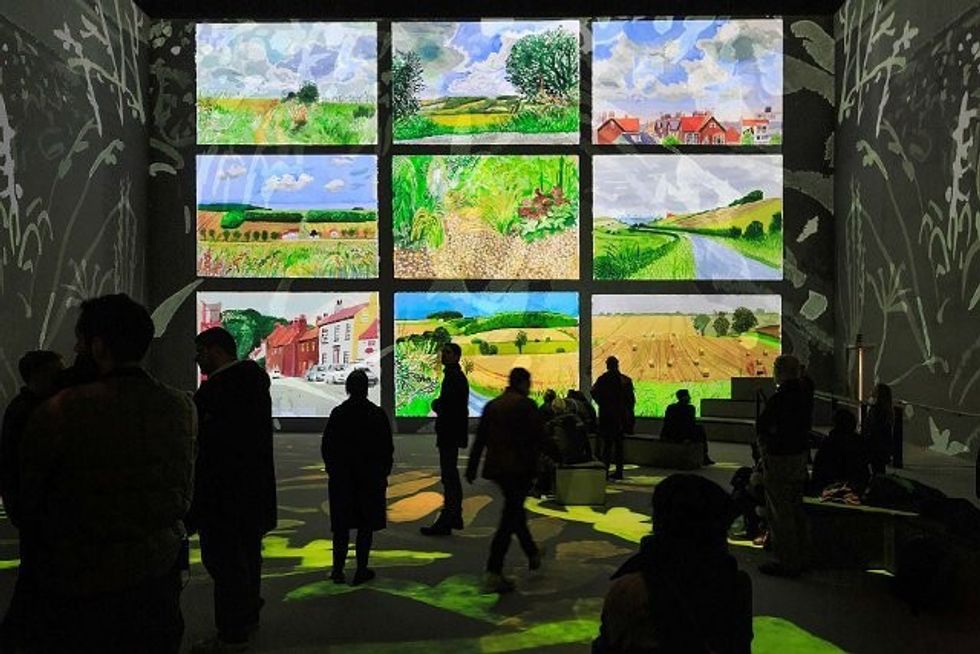
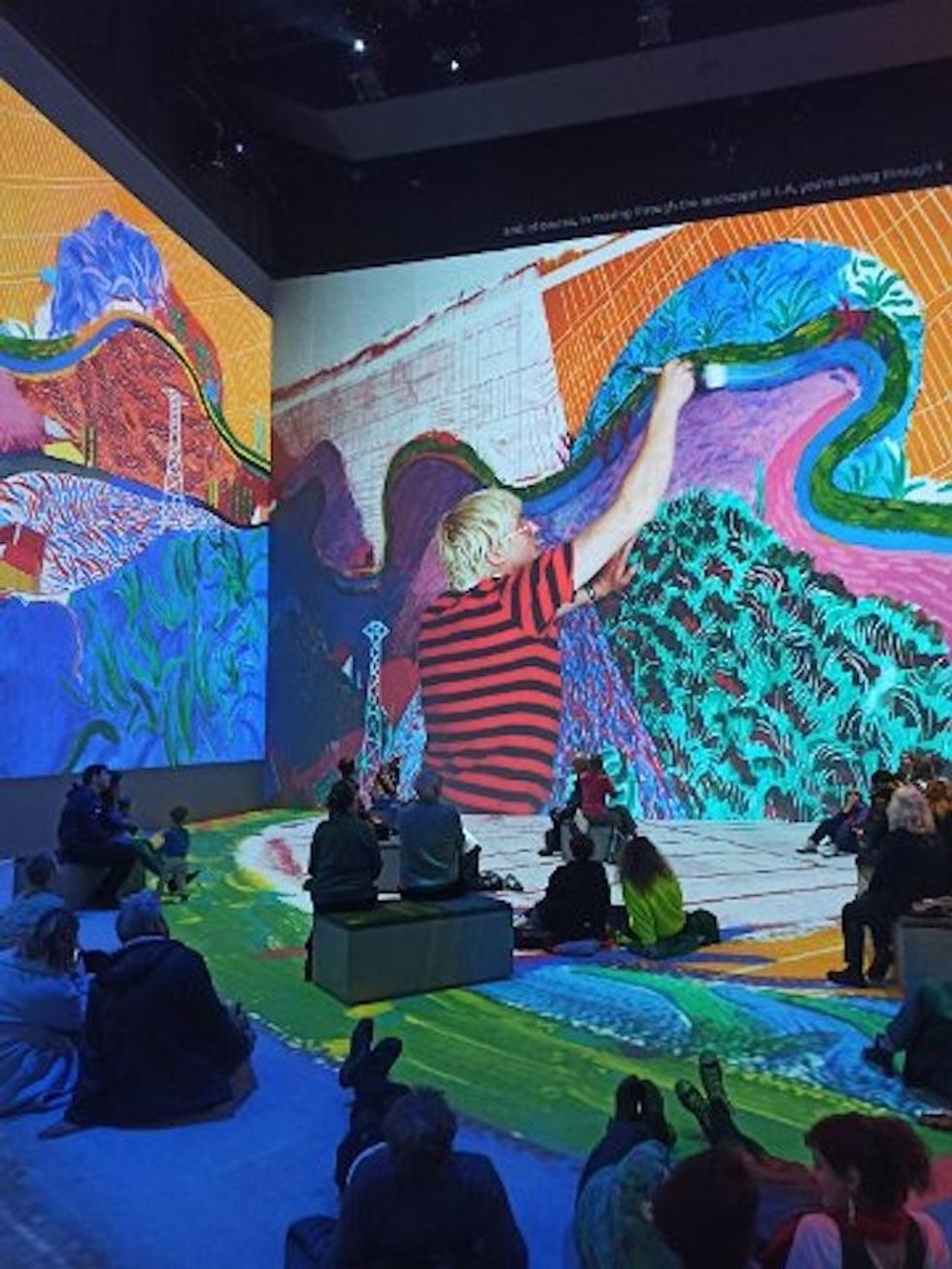
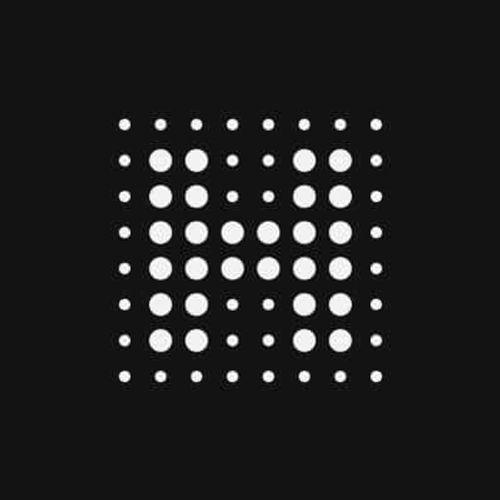
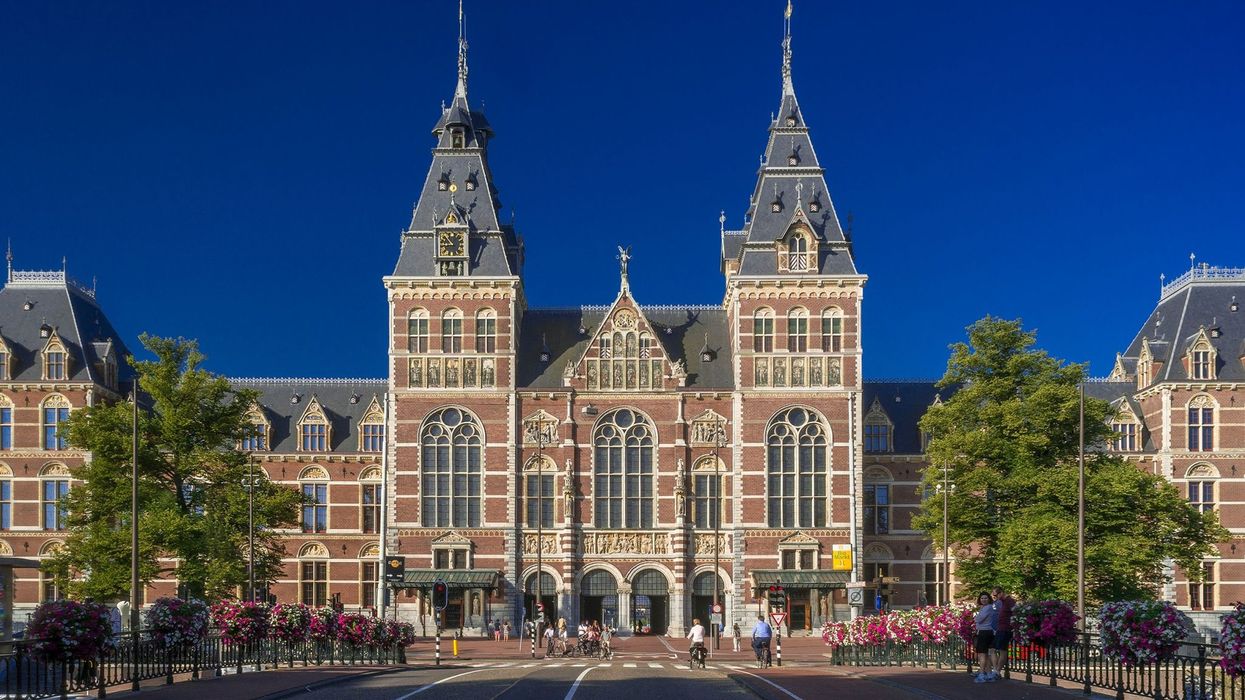
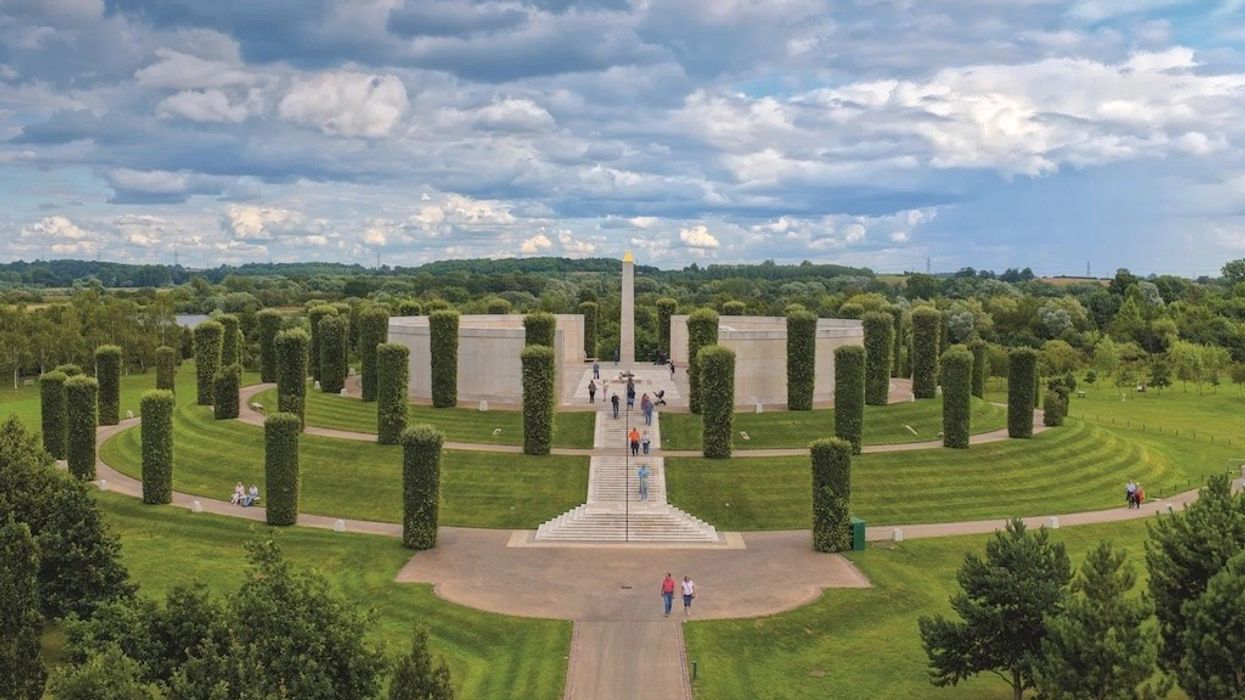
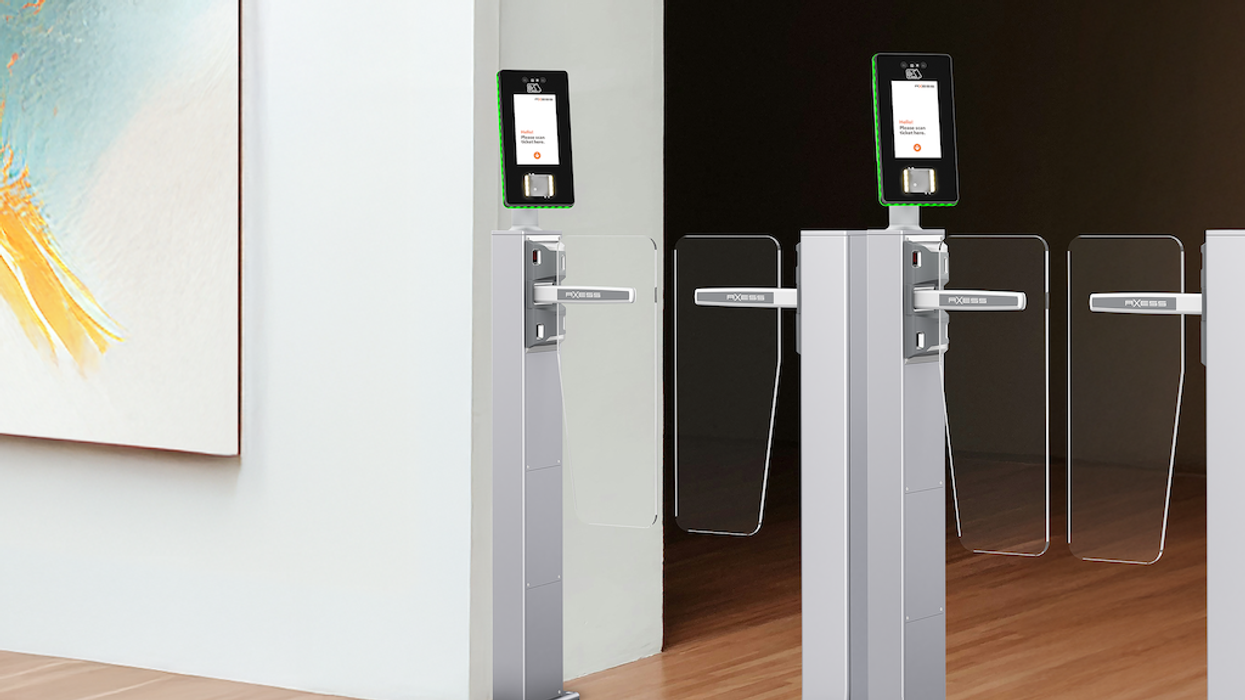

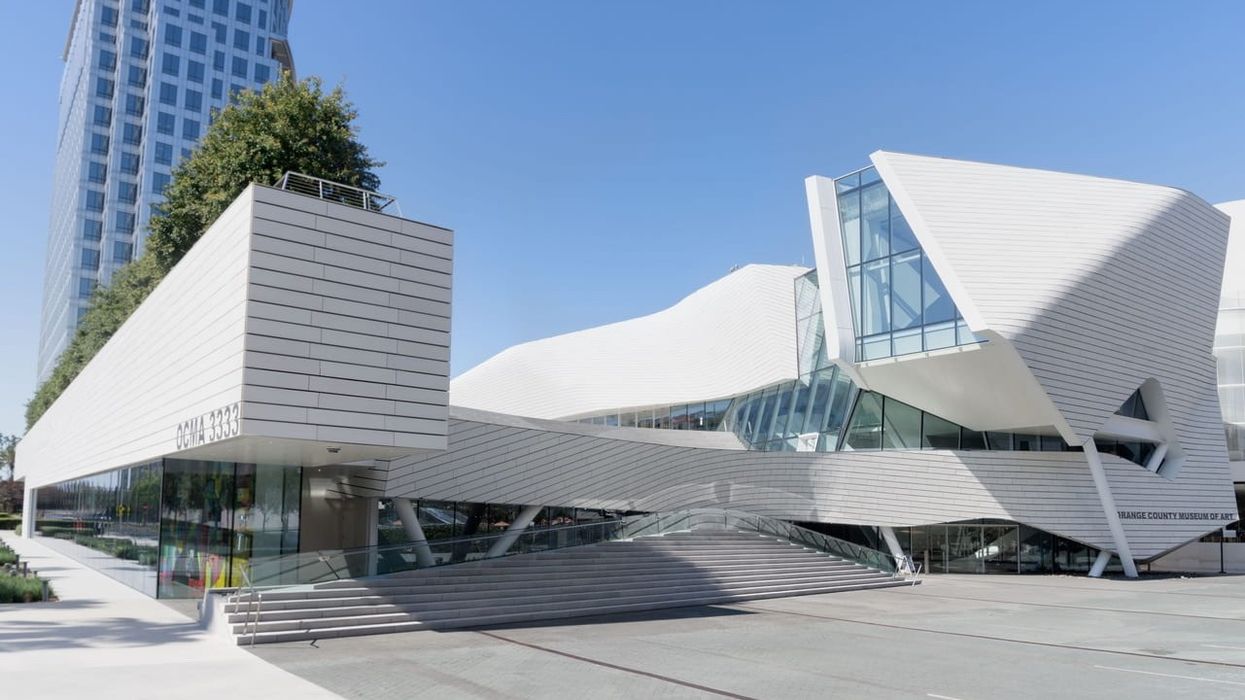
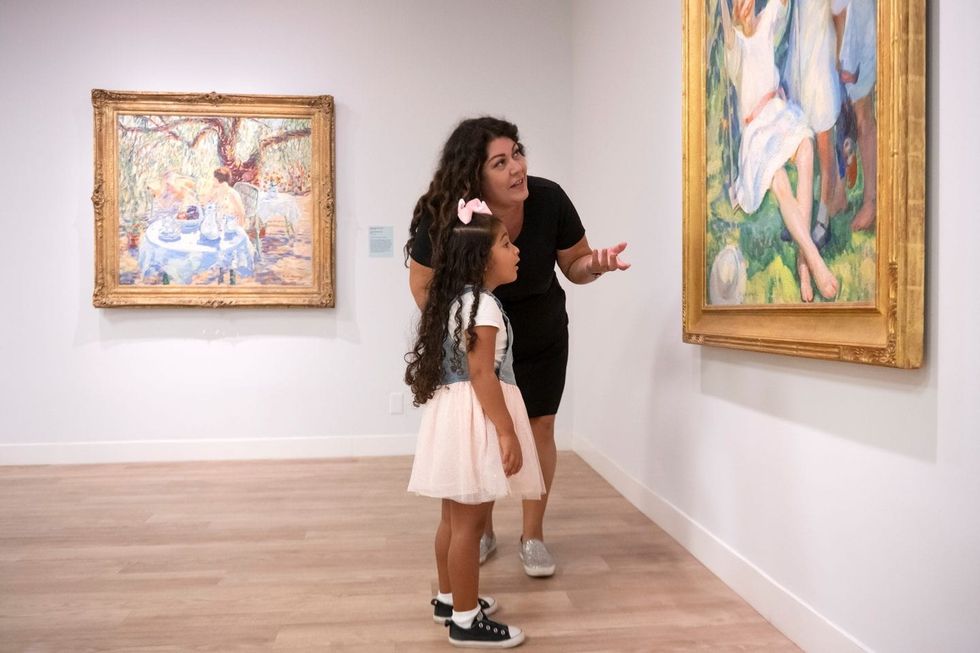
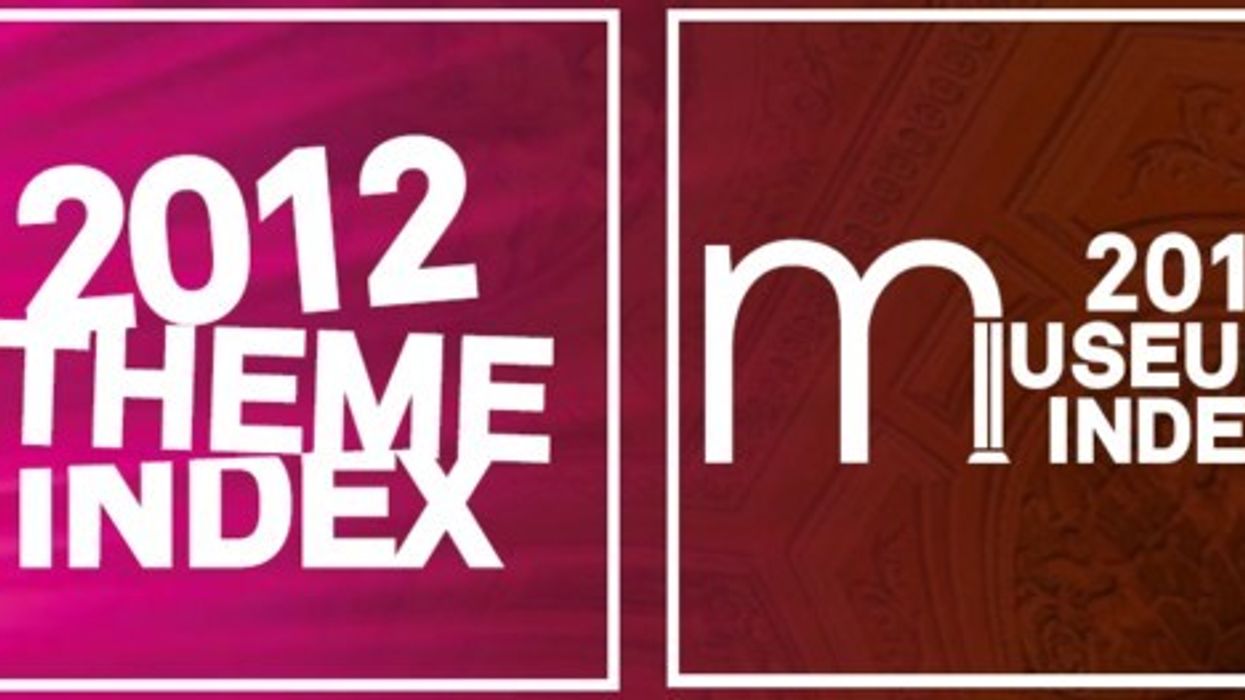



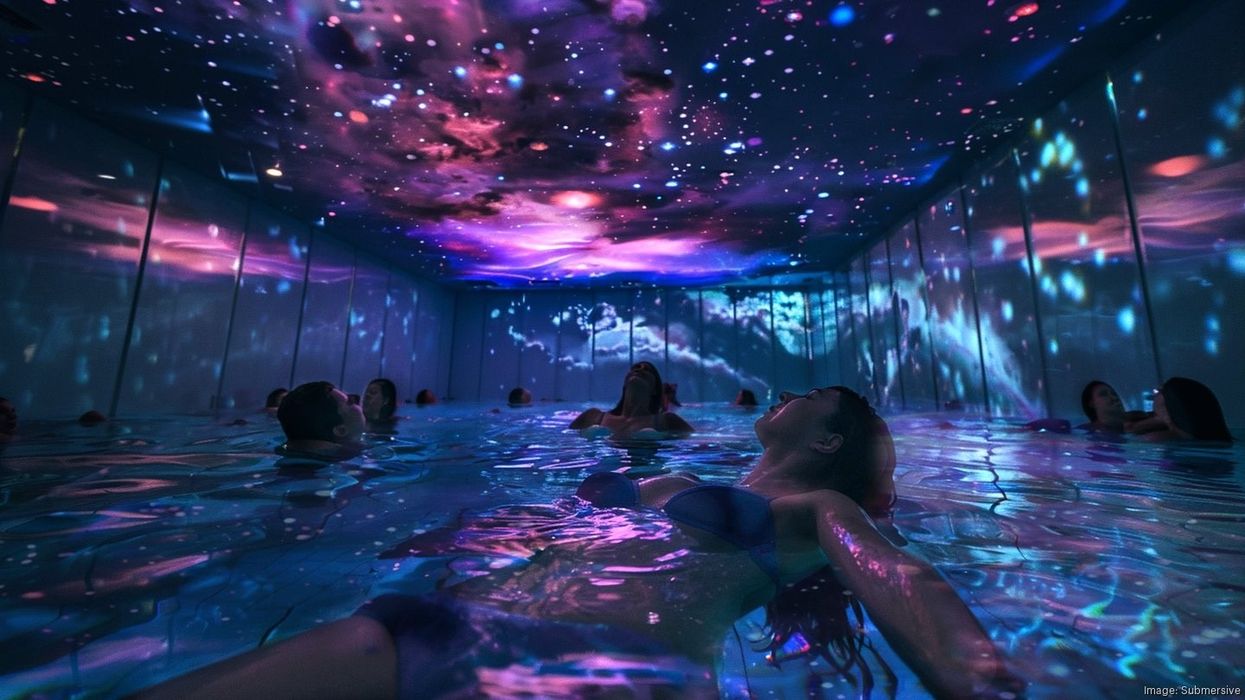
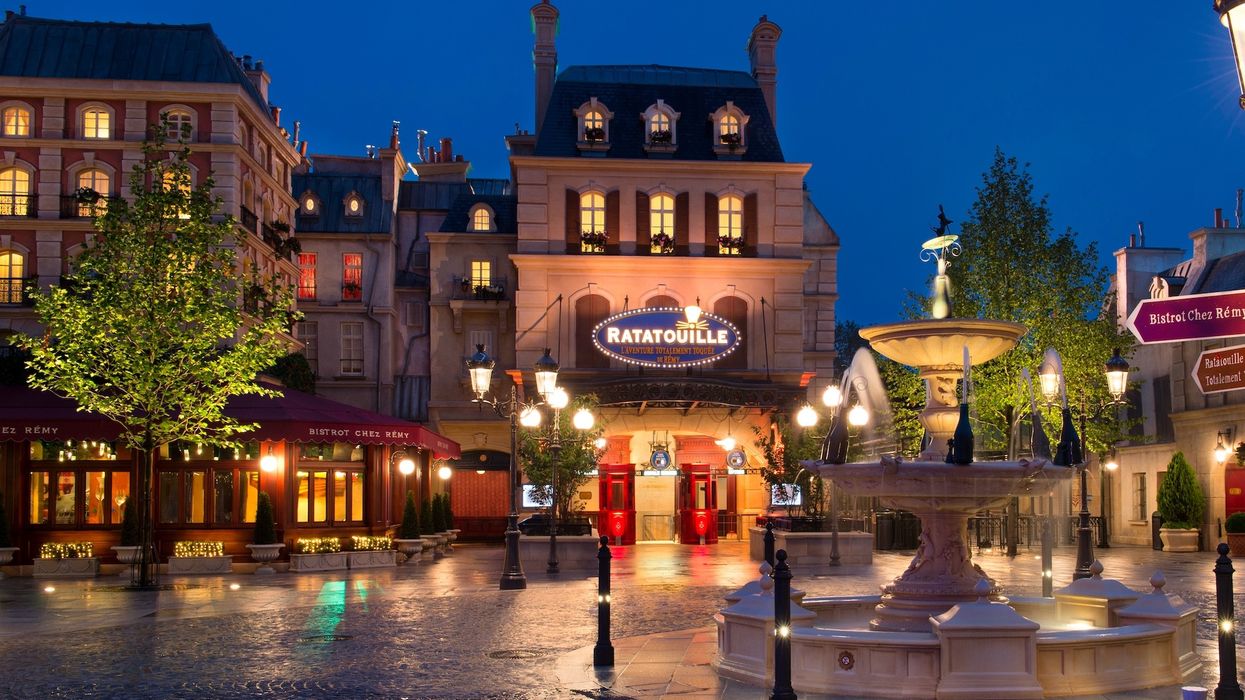
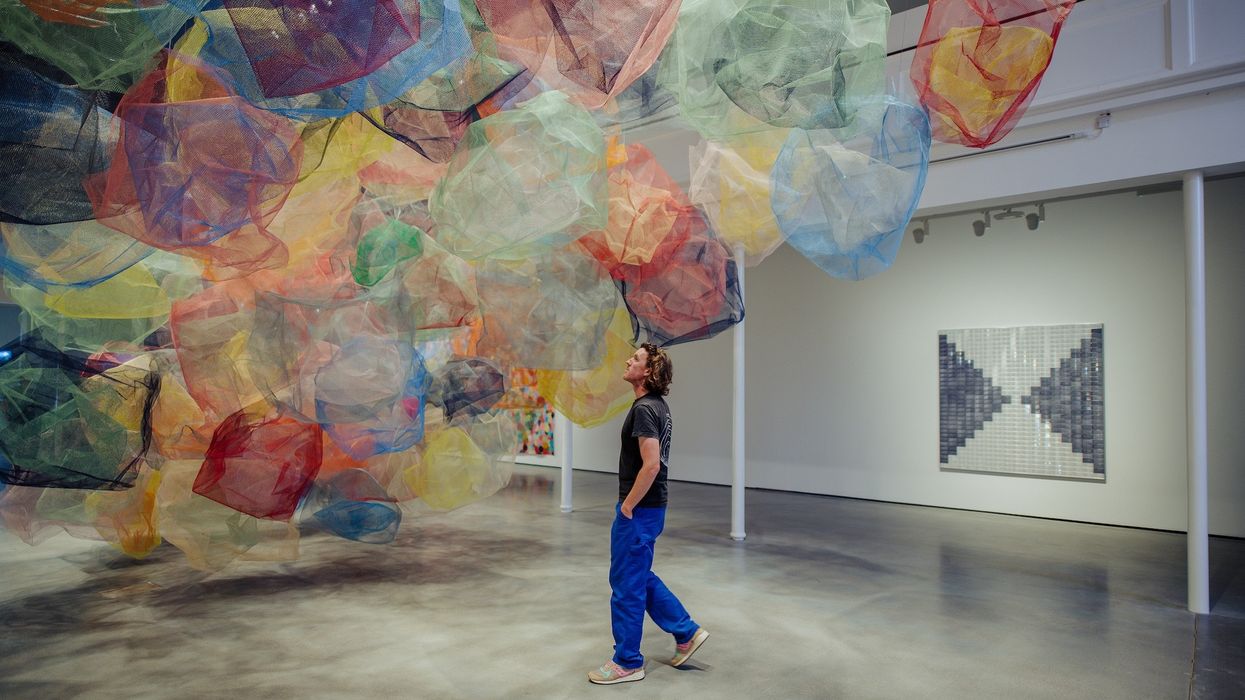
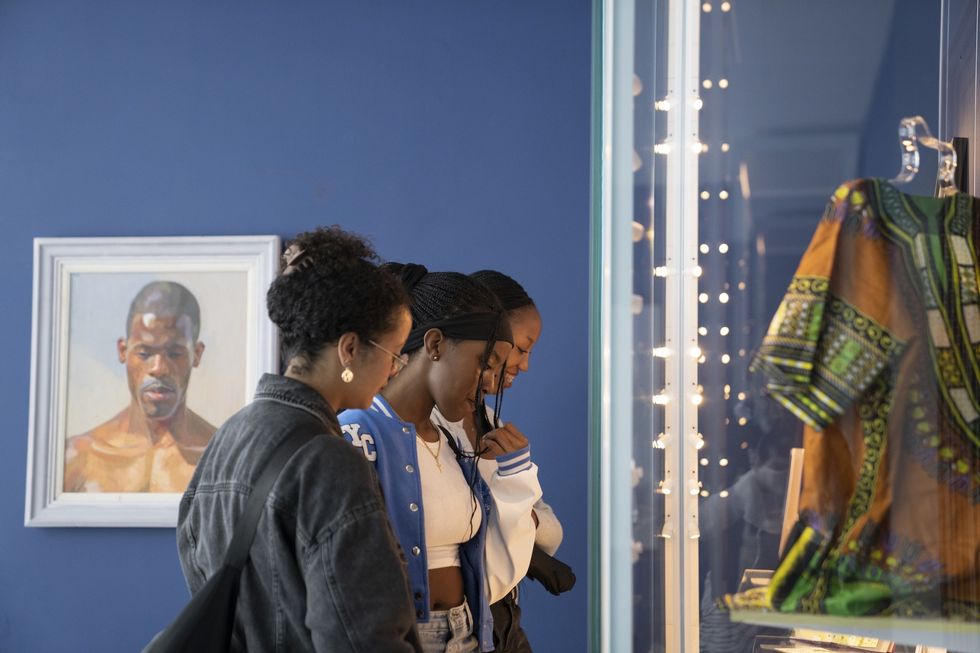
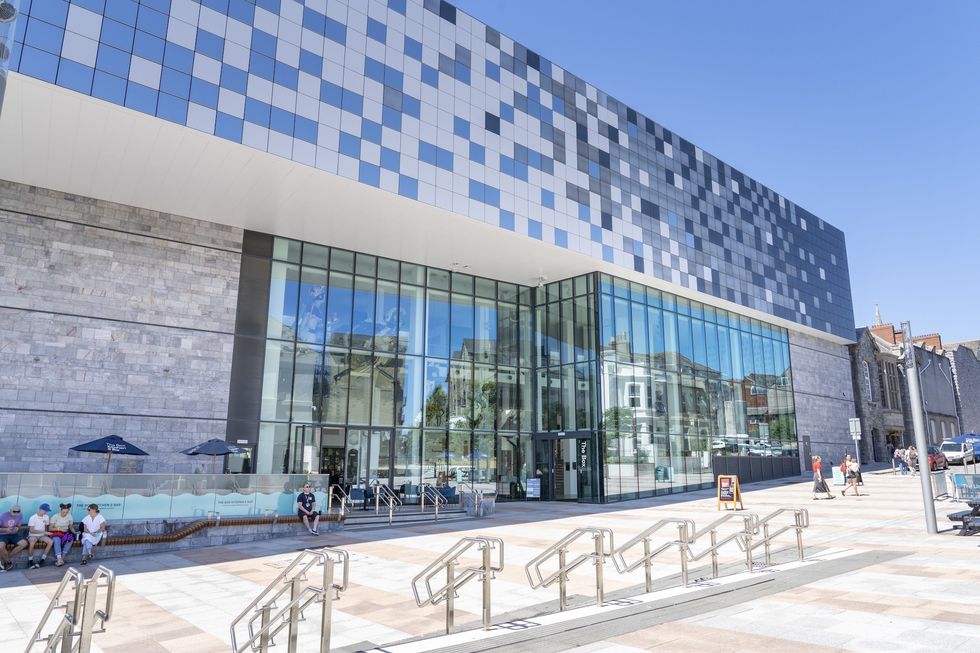
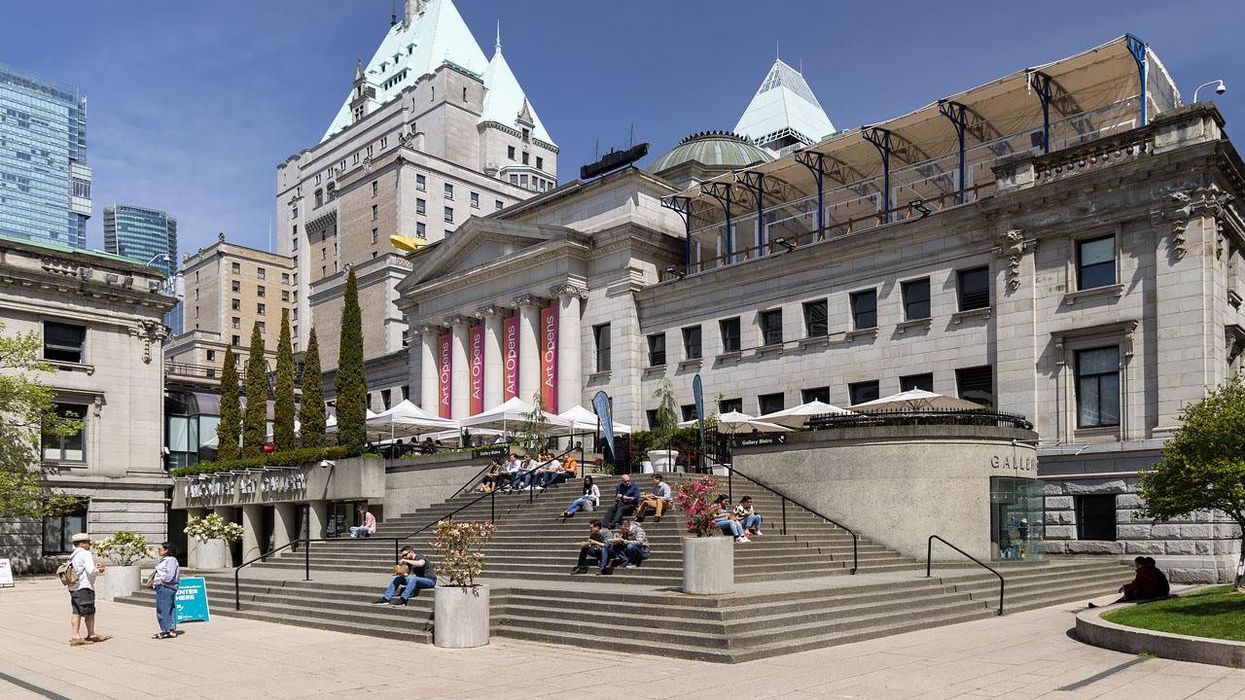
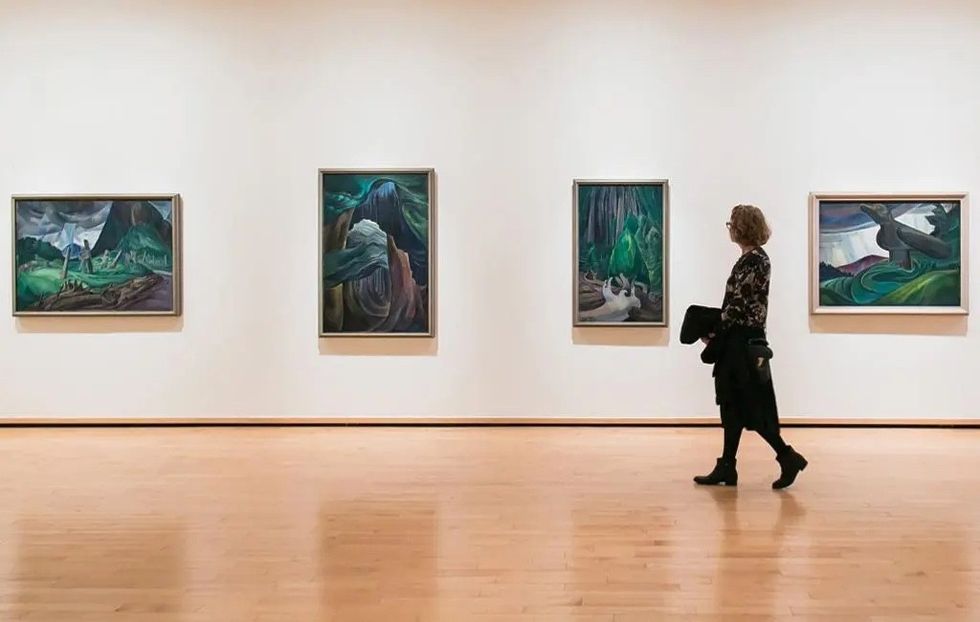
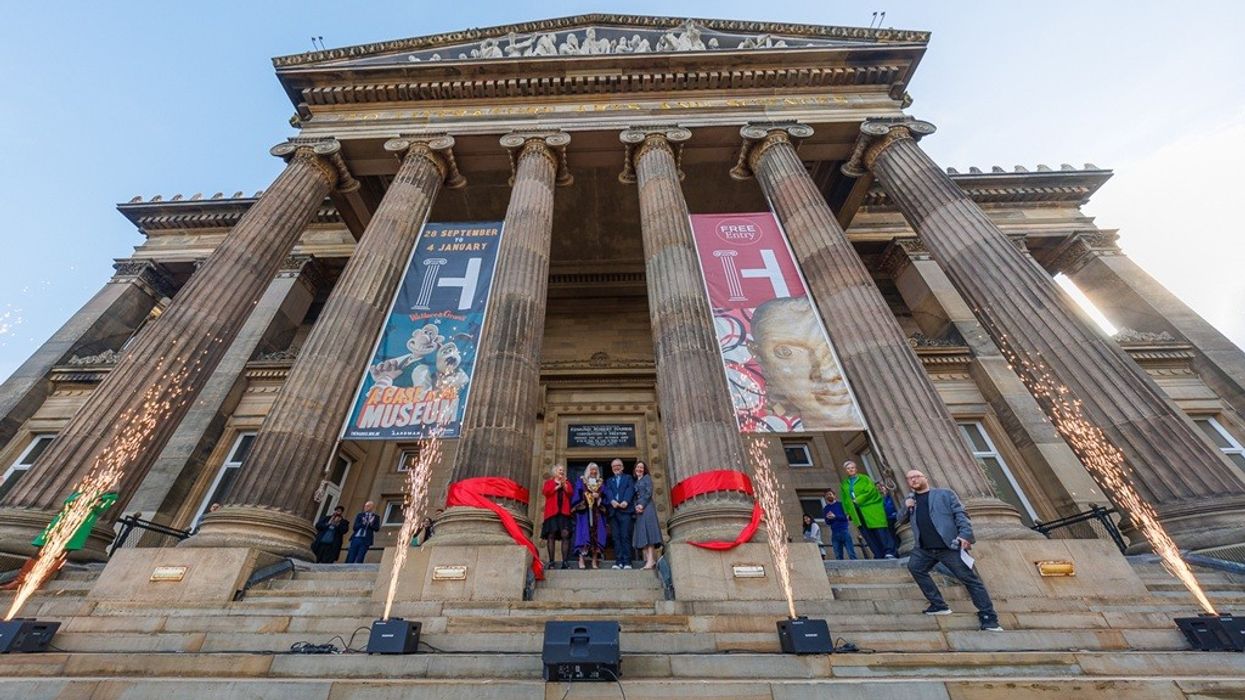
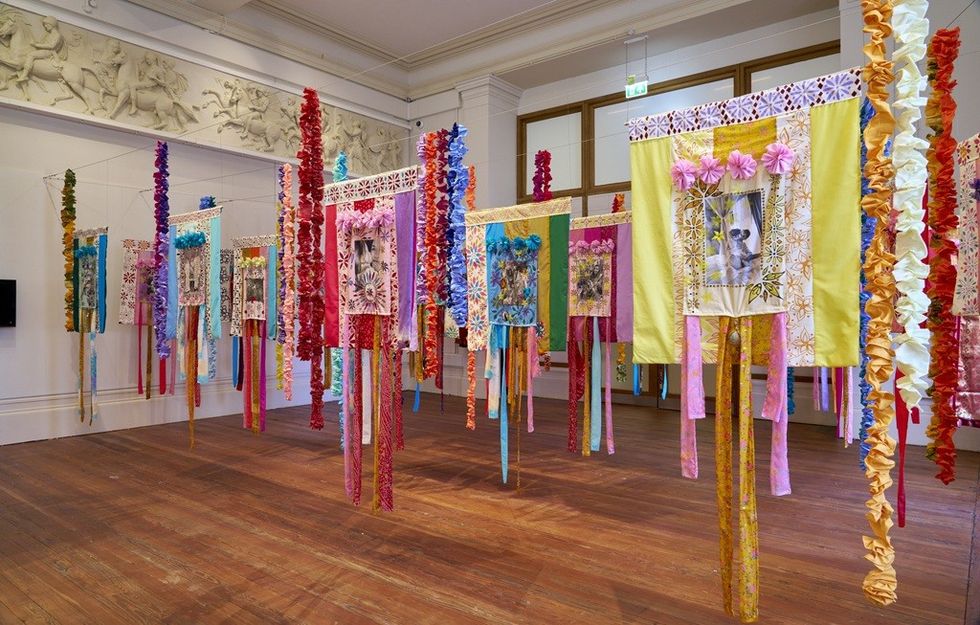 Courtesy Simon Critchley Photography
Courtesy Simon Critchley Photography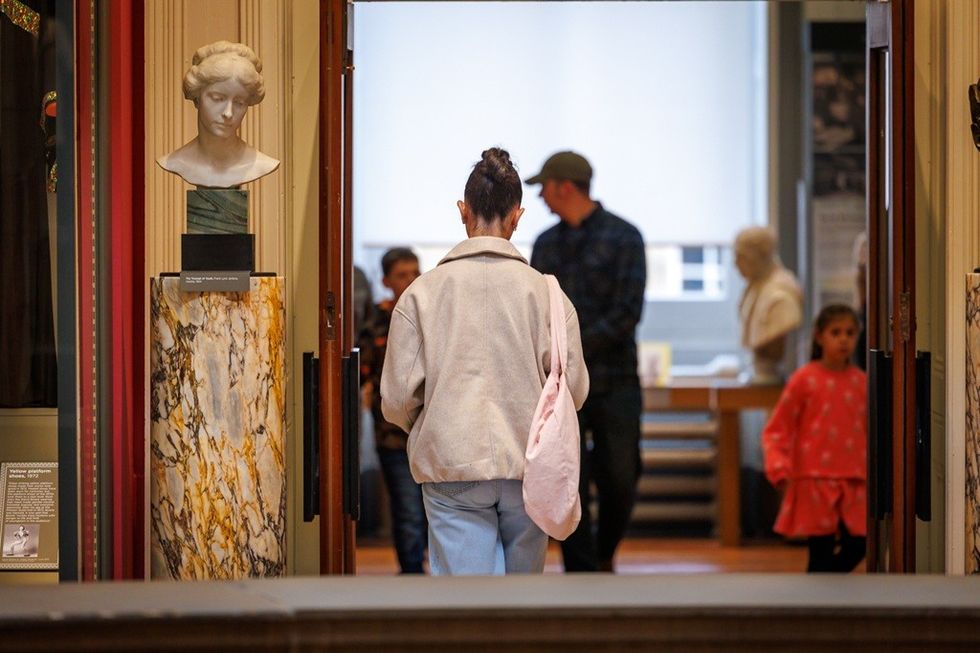 Courtesy Michael Porter Photography
Courtesy Michael Porter Photography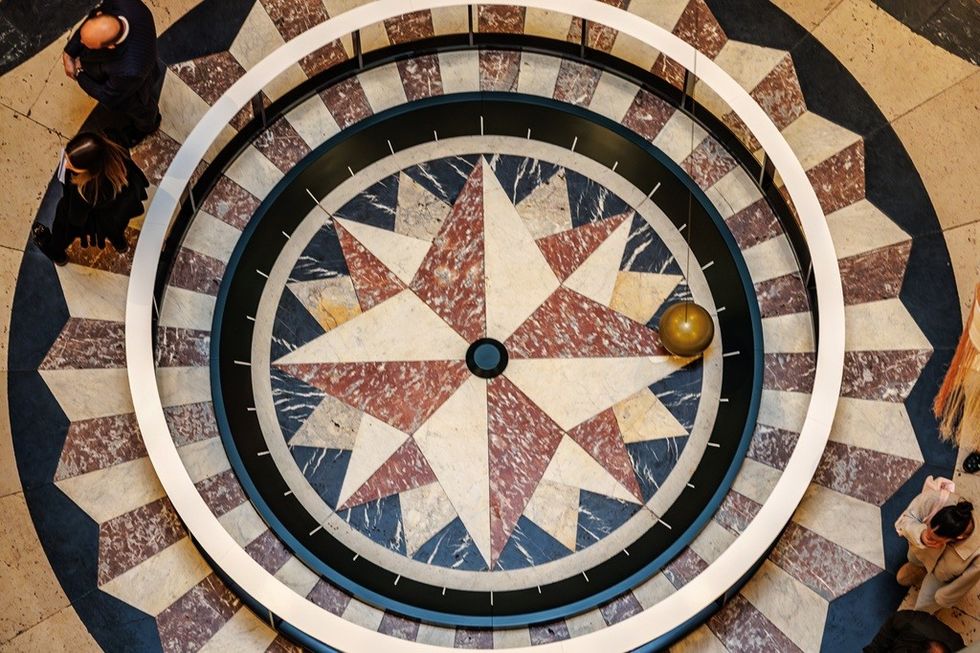 Courtesy Michael Porter Photography
Courtesy Michael Porter Photography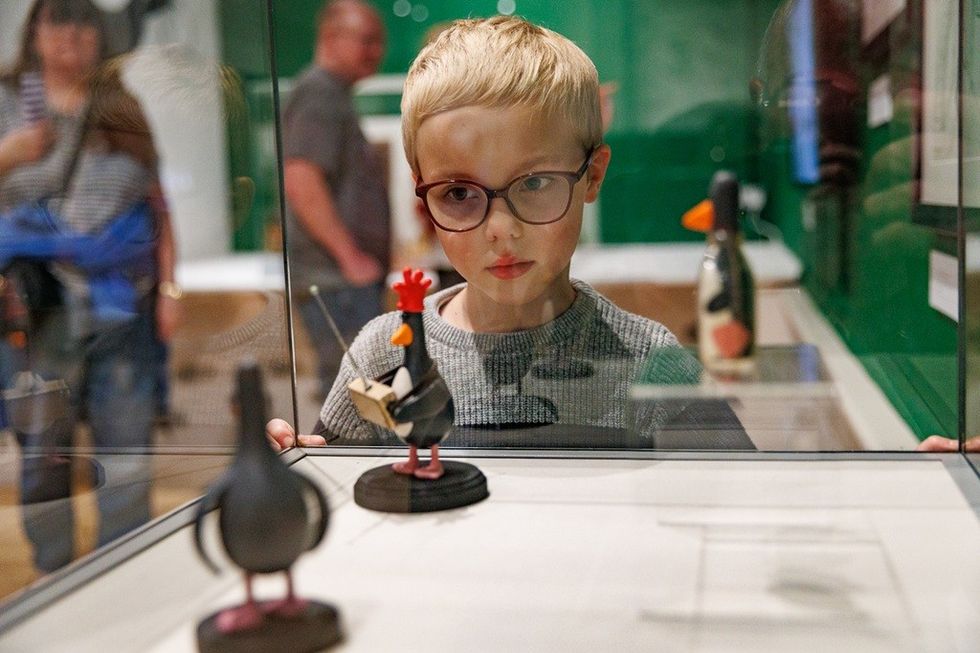 Courtesy Michael Porter Photography
Courtesy Michael Porter Photography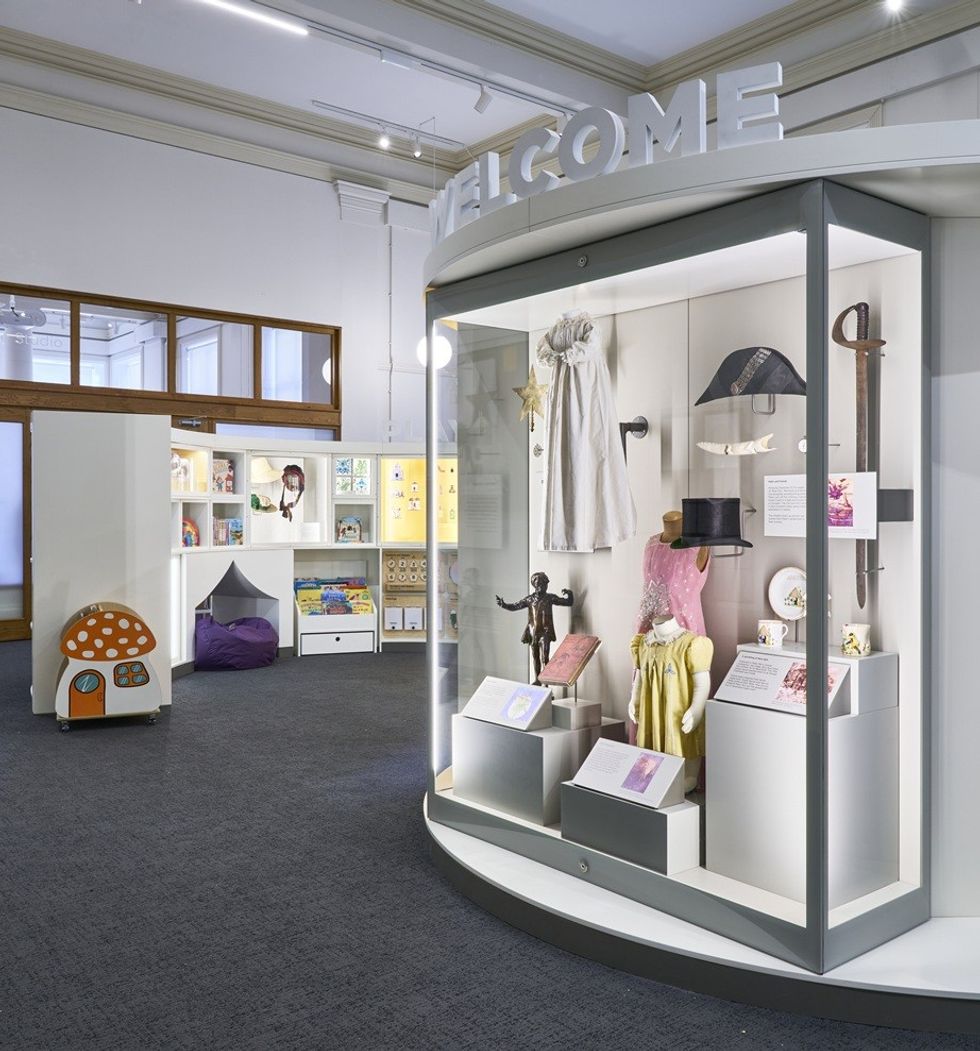 Courtesy Simon Critchley Photography
Courtesy Simon Critchley Photography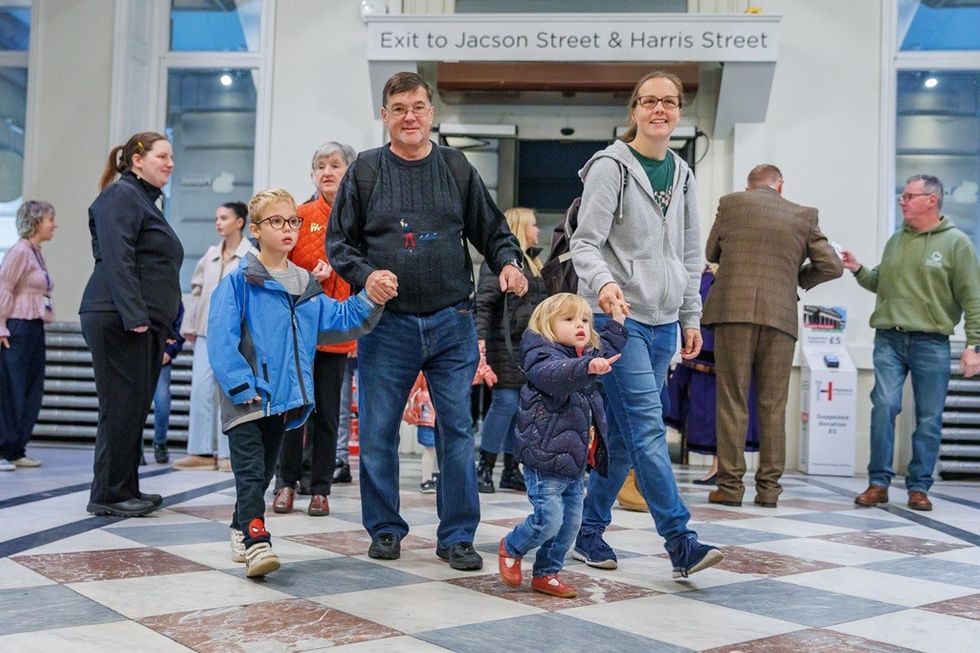 Courtesy Michael Porter Photography
Courtesy Michael Porter Photography